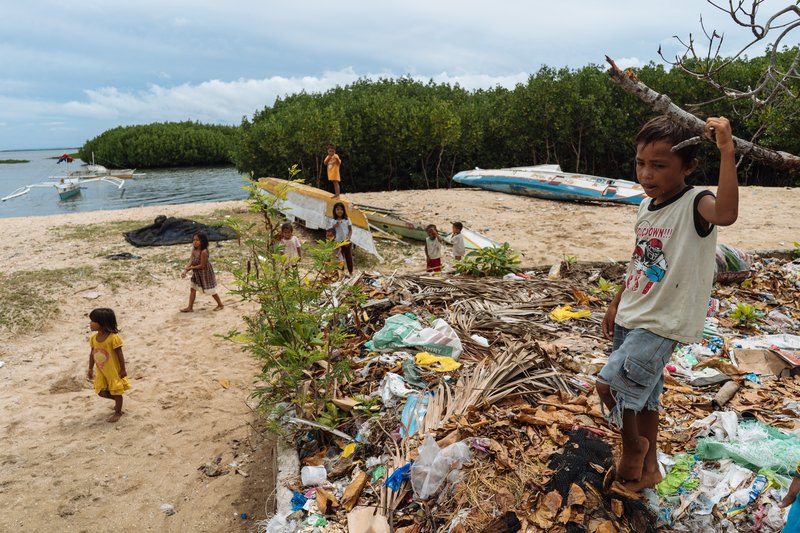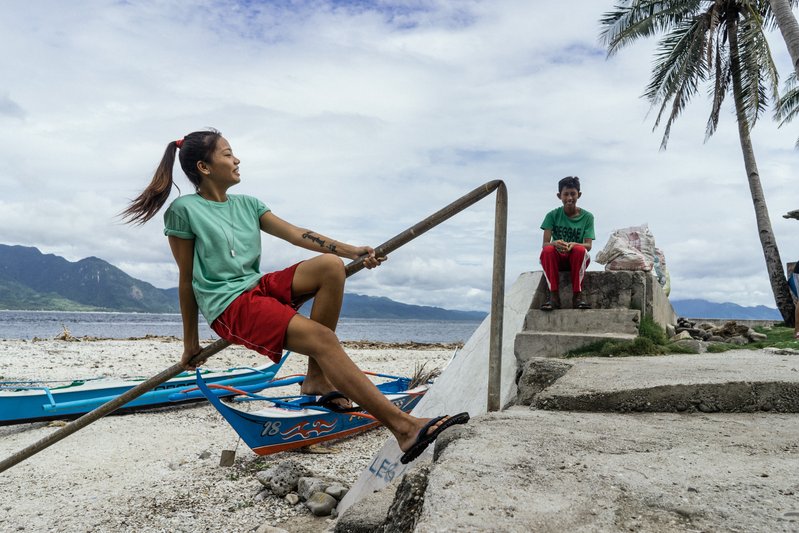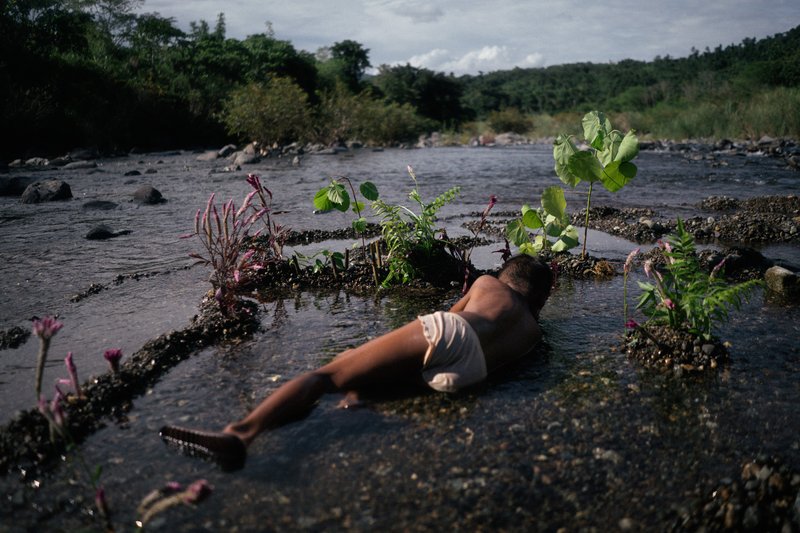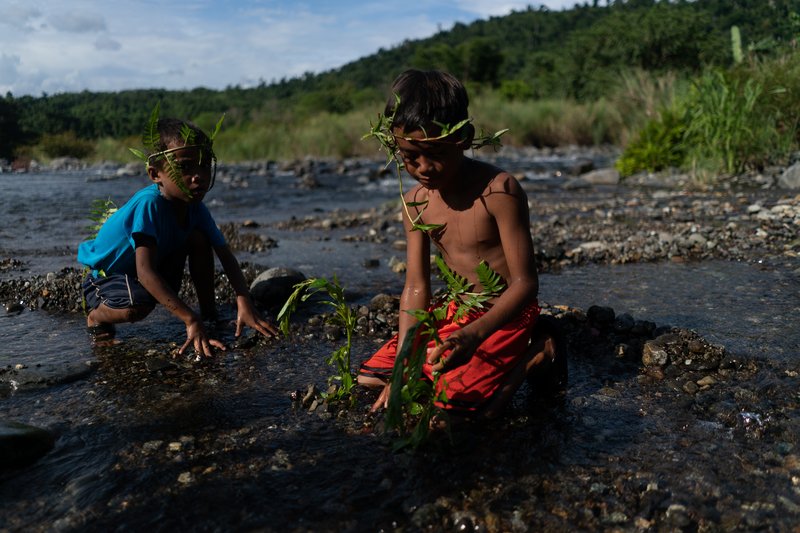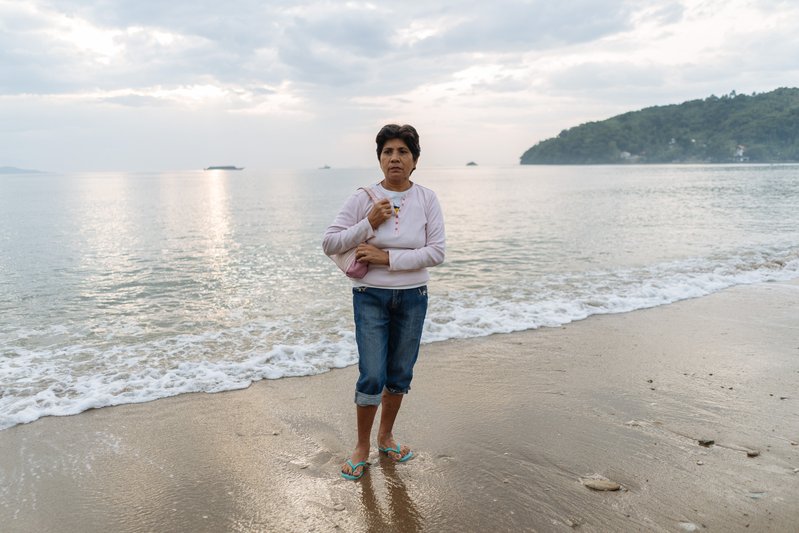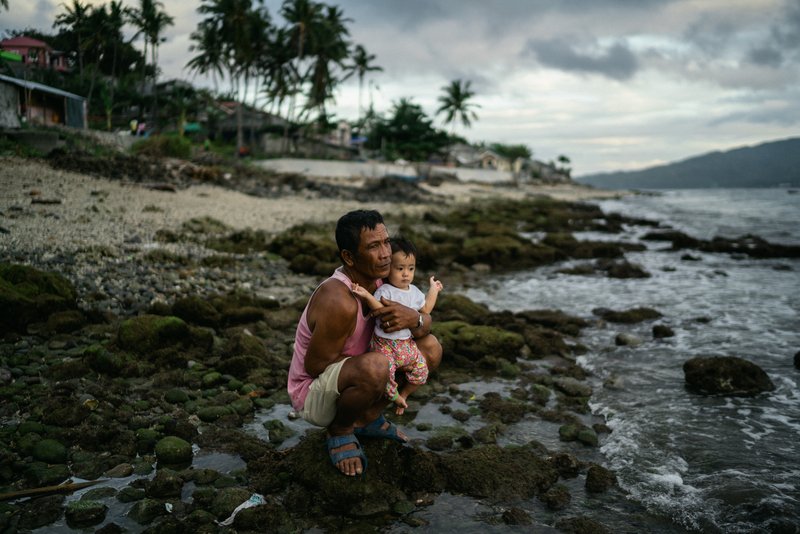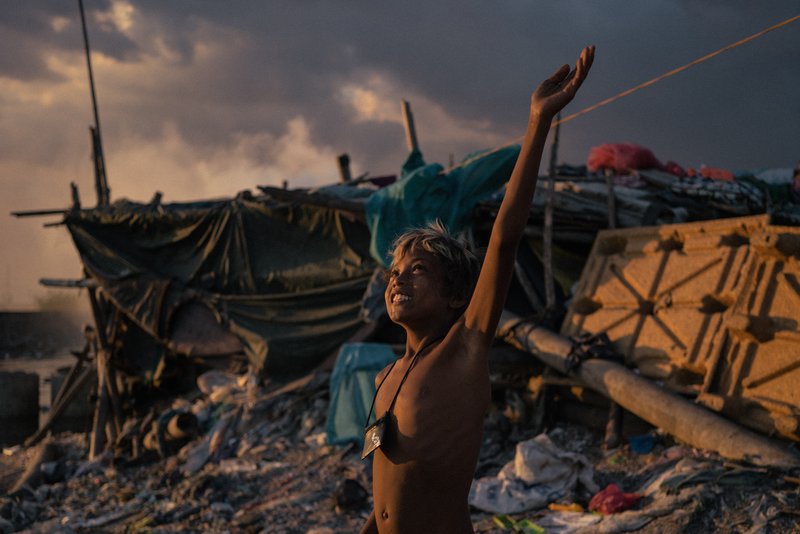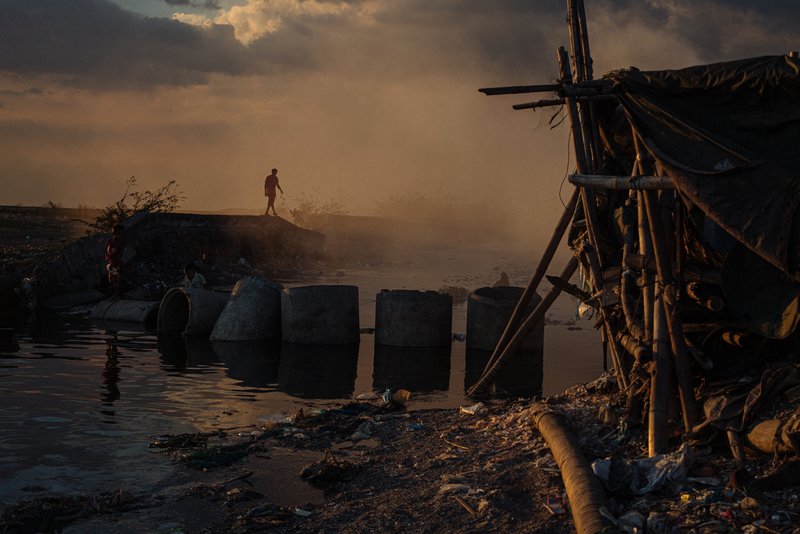Documentary Practice & Photojournalism: Hannah Reyes Morales
See a selection of images from Hannah Reyes Morales.
Caption
Slide 43 of 165
Cities Made of Water
May 3, 2018
A child plays next to a boat being repaired and seaweeds laid out to dry in the sun in Bohol, Philippines. Seaweed farming is a means of livelihood readily available to subsistence fishermen: relatively cheap and easy to do, it is often implemented by the government as an enterprise development program. As in agricultural farming, seaweed farming is susceptible to pests and disease, such as the fungus epidemic that farmers call "Ice Ice Baby" for its white frosty appearance. The Bohol Sea has some of the highest cetacean biodiversity in Asia, home to marine megafauna like Fraser's dolphins, dwarf sperm whales, and even recently a blue whale; the Philippines itself is the center of the world's marine biodiversity, home to 10% of the world’s coral reefs and to more documented species of marine life than anywhere else on Earth. And yet it ranks third, after China and Indonesia in polluting the world's oceans with plastic trash. Despite government programs such as seaweed farming, the fisherfolk remain among the poorest and most marginalized sectors of society. With the Philippines the third most vulnerable country to climate change, these fisherfolk, the least responsible for causing the worsening climate crisis, are also the population most vulnerable to its disastrous consequences such as rising sea levels, storm surges, and coastline erosion.
Hannah Reyes Morales
See more at MediaStorm

